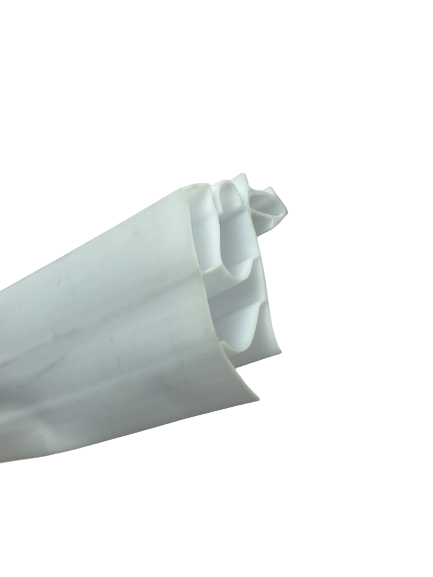joulu . 15, 2024 17:10 Back to list
car door rubber seal
The Importance of Car Door Rubber Seals
When you think about the essential components that ensure a car's longevity and comfort, the car door rubber seal may not be the first thing that comes to mind. However, these seemingly simple components play a critical role in the overall function and efficiency of a vehicle. This article explores the importance of car door rubber seals, their functions, types, and maintenance tips to ensure they remain in optimal condition.
What Are Car Door Rubber Seals?
Car door rubber seals, often referred to as weatherstripping, are flexible strips made of rubber or foam that are installed around the doors and windows of a vehicle. Their primary purpose is to create a seal between the car body and the doors, preventing external elements from entering the vehicle. This includes water, dust, wind, and sound, contributing to a more comfortable driving experience.
Functions of Car Door Rubber Seals
1. Water Resistance One of the key functions of rubber seals is to keep water out. A well-sealed door prevents rainwater from entering, which can lead to mold growth, rust, and other moisture-related issues over time. This is particularly important for ensuring the integrity of the car's interior and electronics.
2. Noise Reduction Another significant benefit of rubber seals is noise reduction. They help dampen external sounds, such as wind noise and traffic, providing a quieter and more enjoyable ride. This feature enhances the overall driving experience, making long trips more pleasant.
3. Temperature Regulation Rubber seals also play a role in insulating the vehicle from external temperature fluctuations. They help maintain a stable internal environment, keeping the car cooler in the summer and warmer in the winter. This functionality contributes to the efficiency of the car's heating and air conditioning systems.
4. Dust and Dirt Protection In addition to water and noise, rubber seals are effective at keeping dust and dirt out. This is crucial for preserving the cleanliness of the interior space and prolonging the life of upholstery and electronic components.
5. Enhanced Security Well-functioning door seals also contribute to vehicle security by minimizing the risk of forced entry. A tight seal makes it more difficult for potential thieves to gain unauthorized access.
Types of Car Door Rubber Seals
There are several types of rubber seals used in vehicles, each serving a specific purpose
car door rubber seal

1. Door Seals These are the most common type and are designed to fit around the edges of car doors. They prevent water and noise from entering the cabin.
2. Window Seals Used around the perimeter of car windows, these seals help keep water and air from leaking in and protect the glass from debris.
3. Hatch Seals Found around the rear hatch or trunk, these seals ensure that the cargo area remains protected from the elements.
4. Beltline Seals Located where the door meets the window, these seals help provide a smooth transition between the two surfaces, enhancing aesthetics while providing functionality.
Maintenance Tips
To ensure that car door rubber seals perform effectively, regular maintenance is important
1. Inspection Regularly inspect rubber seals for signs of wear, cracking, or deformation. Early detection of damage can prevent further issues down the line.
2. Cleaning Keep the seals clean by wiping them down with a damp cloth to remove dirt and grime. Avoid harsh chemicals that might deteriorate the rubber.
3. Lubrication Applying a silicone-based lubricant can keep the seals flexible and prevent them from becoming brittle. This will enhance their lifespan and performance.
4. Replacement If rubber seals are excessively worn or damaged, replacing them is crucial. New seals can often be installed easily and will restore the functionality of the doors and windows.
Conclusion
Car door rubber seals may seem like minor components, but their impact on vehicle performance is significant. By maintaining these seals, car owners can ensure that their vehicles remain comfortable, secure, and protected from the elements. Investing time and resources in proper care for these often-overlooked components can lead to a better driving experience and prolong the life of a vehicle.




